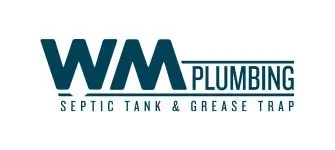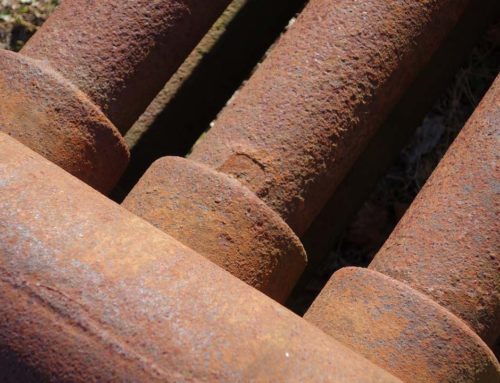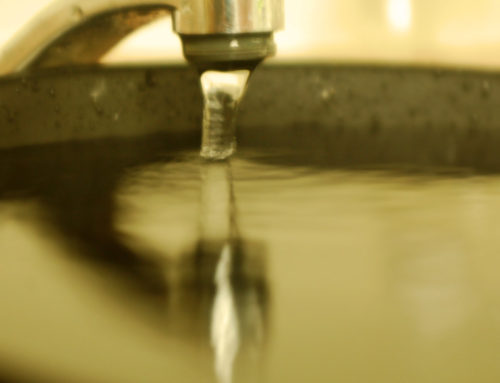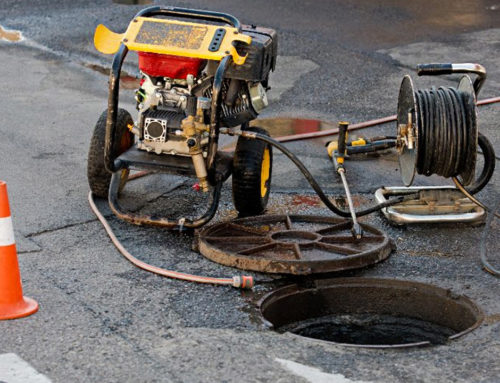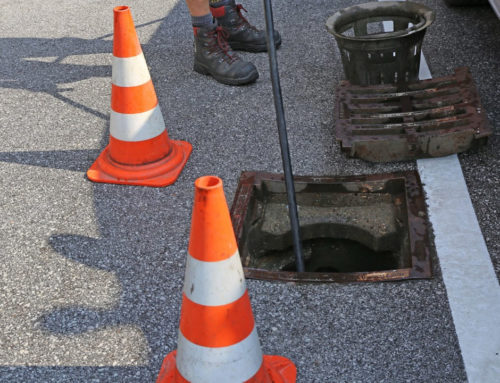Sewer Inspections 101: A Homeowner’s Comprehensive Guide
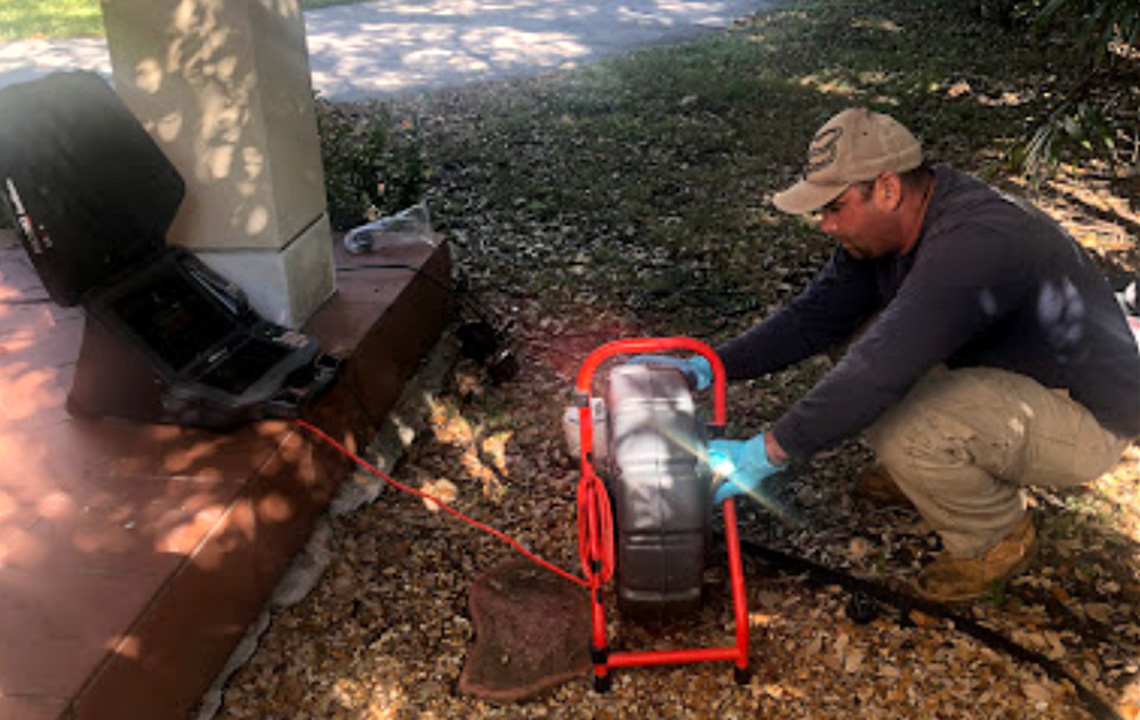
Maintaining your home’s sewer system is crucial for the overall health and functionality of your property. Ignoring sewer issues can lead to costly repairs and health hazards. A sewer inspection is a proactive step that homeowners can take to prevent such problems. Here’s a comprehensive guide to sewer inspections for homeowners:
- Understanding the Importance: The sewer system is responsible for carrying wastewater away from your home. A malfunctioning sewer line can result in sewage backups, foul odors, and even structural damage. Regular inspections help identify issues early, preventing major problems down the line.
- Signs of Sewer Problems: Keep an eye out for warning signs such as slow drainage, gurgling noises from drains, foul smells in the yard or basement, and sewage backups. These could indicate potential issues with your sewer line.
- Types of Inspections: There are two primary methods for sewer inspections: visual inspections and camera inspections. Visual inspections involve physically inspecting sewer lines for signs of damage or blockages. Camera inspections, on the other hand, use specialized cameras to inspect the interior of sewer lines, providing a detailed view of any issues.
- Hiring a Professional: While visual inspections can be done by homeowners, camera inspections are best left to professionals. Look for licensed plumbers or sewer inspection companies with experience in using sewer inspection cameras.
- Preparation: Before scheduling an inspection, ensure that all access points to your sewer system are easily accessible. Clear any obstructions around manholes or cleanouts to allow for easy entry.
- The Inspection Process: During a camera inspection, a small, waterproof camera attached to a flexible rod is inserted into the sewer line through an access point. The camera transmits real-time footage to a monitor, allowing the inspector to identify any issues such as cracks, blockages, or root intrusions.
- Common Issues Found: Some common issues discovered during sewer inspections include tree root intrusion, corrosion, cracks or breaks in the pipes, and blockages caused by grease buildup or foreign objects.
- Assessment and Recommendations: Based on the inspection findings, the inspector will provide a detailed assessment of your sewer system’s condition. They may recommend repairs or maintenance measures to address any issues identified during the inspection.
- Cost Considerations: The cost of a sewer inspection can vary depending on factors such as the size of your property, the accessibility of the sewer lines, and the extent of the inspection required. However, compared to the potential cost of repairs resulting from undetected sewer problems, the cost of an inspection is minimal.
- Frequency of Inspections: For older homes or properties with known sewer issues, annual inspections may be recommended. Otherwise, a sewer inspection every few years is sufficient to catch any developing problems before they escalate.
- Maintenance Tips: To keep your sewer system in good condition between inspections, avoid flushing anything other than toilet paper and human waste down the toilet. Dispose of grease properly, and avoid planting trees or shrubs near sewer lines to prevent root intrusion.
- Documentation: Keep records of all sewer inspections, including inspection reports and any repair or maintenance work performed. This documentation can be valuable for future reference or when selling your home.
By understanding the importance of sewer inspections and following these guidelines, homeowners can effectively maintain their sewer systems and avoid costly repairs. Remember, early detection is key to preventing sewer-related headaches down the line.
